[ page 3 ]
... continued from page 2...
Sukhoi SU-17/20 "Fitter" plastic scale models in 1/72 scale: Mistercraft
modelling report
page 1
page 2
page 3
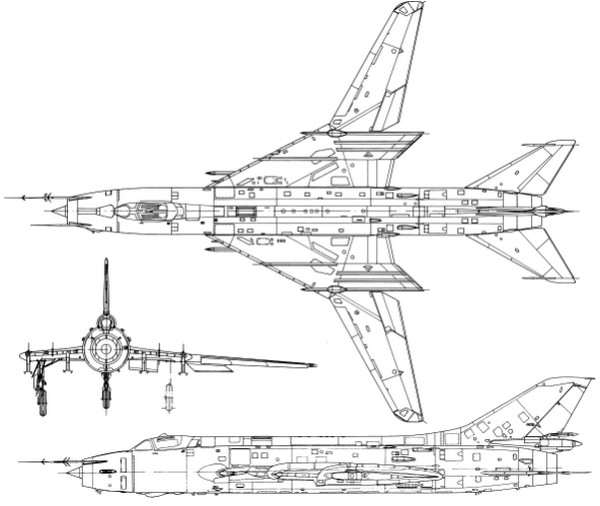
Of the Soviet design buro Sukhoi another series of jets was the SU-17M that also had NATO code name "Fitter C". It had a variable sweep wing. The SU-17M was developed from the SU-7 but modified. It got a variable outboard wing sweep and the Lyulka AL-21 jet engine. That engine needed air flow through a variable nose bullet intake in a rather straight nose fuselage shape. It could reach over a dash speed of MACH 2. First flight was probably in 1970. The SU-20 was the export version of the SU-17M and first flown December 1972.
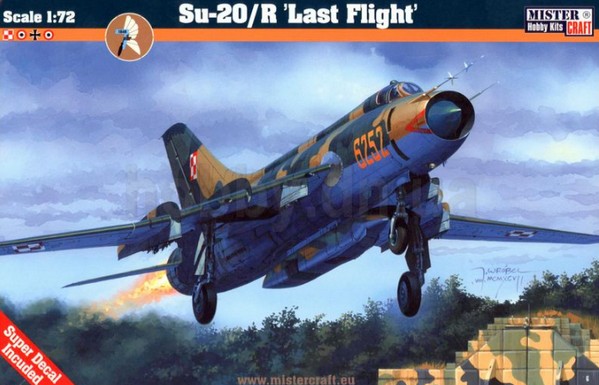
MISTERCRAFT hobby kits released in 2002 a 1/72 kit #D-13 of the Sukhoi SU-20 M2.
The instructions and package has the similar style as MASTERCRAFT so it seems the model companies are the same.
The kit has about 60 parts. It is basic but the panel lines are recessed and again seems based on the SMER kit.
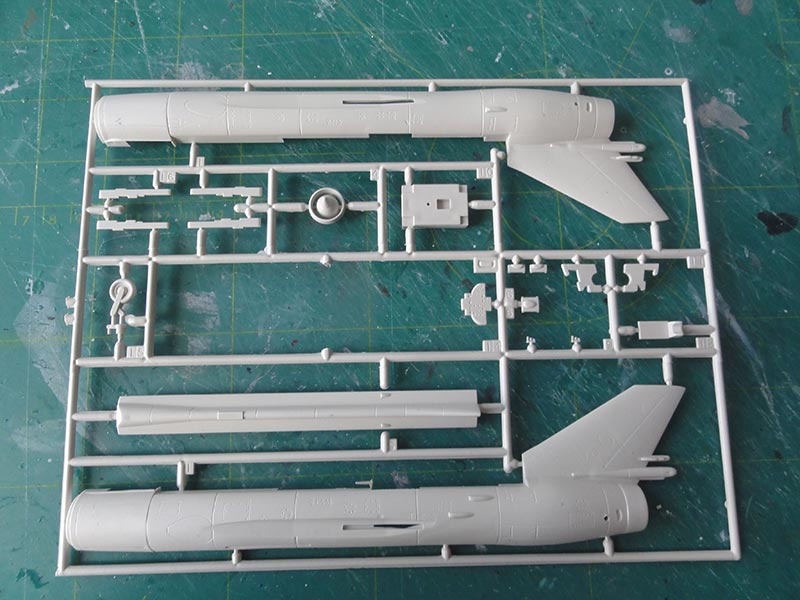

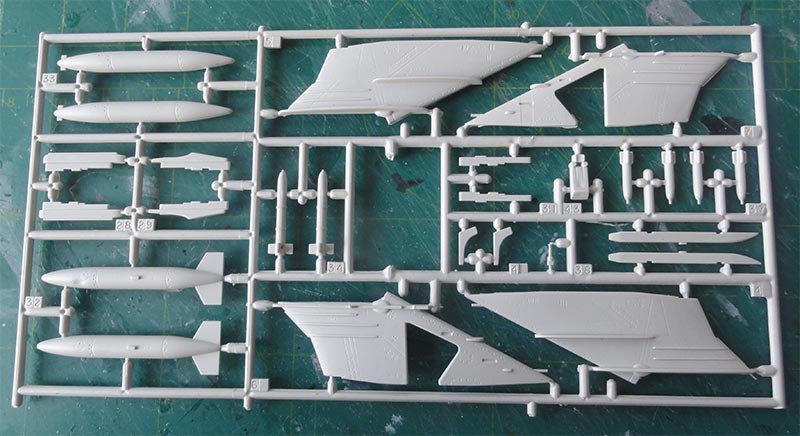
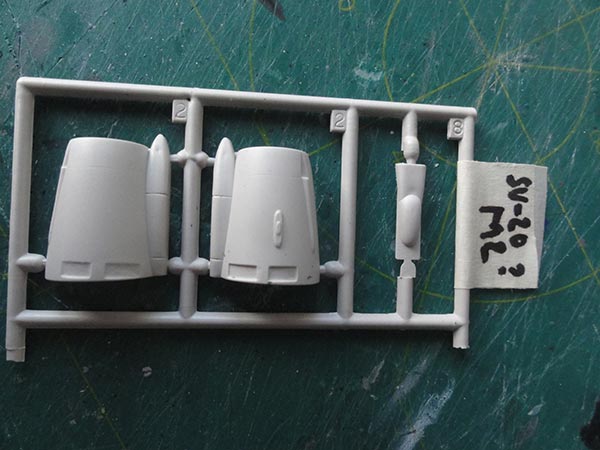
Nicely done is that the blow-in doors at the parts are suggested with indented panels. Always on real Sukhois they are seen with open rear slots on parked, taxiing of taking off jets.
The supplied V-141 ECM pod and large KKR-1 reconnaissance pod parts are nice.
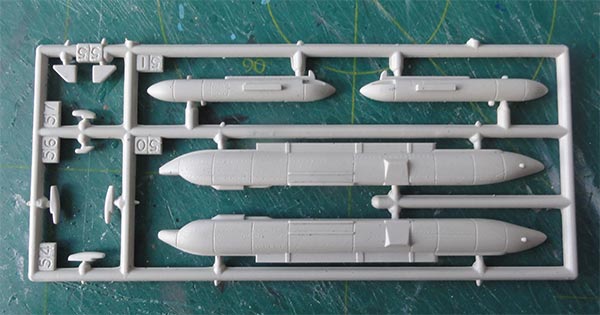
The kit instructions shows 2 fuselage types with different intakes but the "not needed" parts were already cut from my sprues. A detailed K-36 seat was shown but is not in the package.
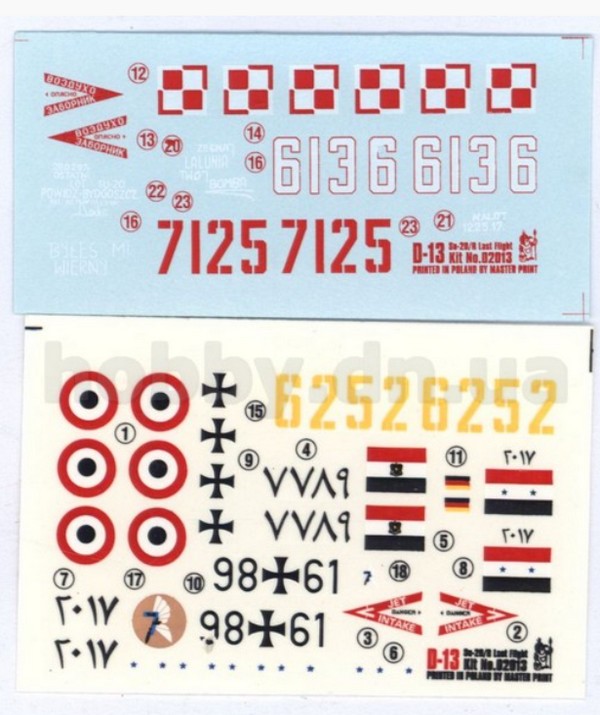
Simple decals sheet "last flight" SU-20/R kit #D-13 are for:
[1] SU-20R of no.1 squadron/ 7 fighter bomber regiment, Poland air force 1997, camouflaged;
[2] SU-20, Eqypt air force in desert scheme;
[3] SU-20, Lufwaffe, (ex-Egypt), test unit at Manching, West Germany, 1994;
[5] SU-20, Syria air force, desert scheme.
The kit will be made in this last scheme.
The instructions do show some inaccuracies and wrong details with most drawings for a SU-20R but scheme [5] is for the SU-20. The needed parts are there however so the model can be made.
Nice is an extensive colour paints table. I can not determine if these are correct but at least they tried to guide the modeller with also different paint brands.
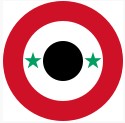
The model will be made for a Syria Air Force SU-20.
The assembly was done rather straight forward. The cockpit tub part #39 had to be cut in two to get a single pilot cockpit. Or I missed another part #10.
The instructions STEP 6 shows a nose intake with a lower lip but the alternative parts without lips were set. Add nose weight inside as well.
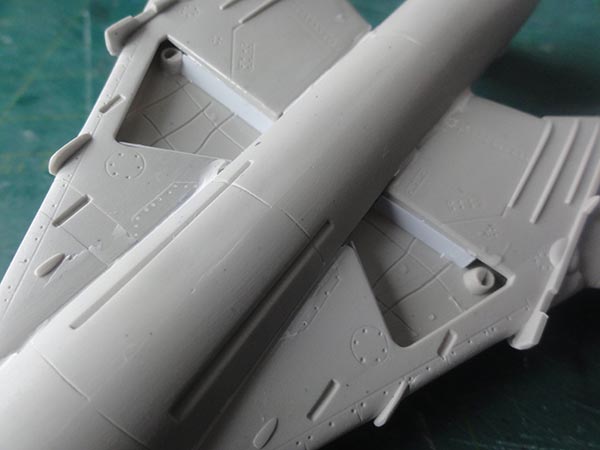
Inside the gear bays no details are seen, some inside bay panels were inscribed with my OLFA scriber. Putty and sanding was needed at the long spine and wing-fuselage joints. The SU-20 nose also needed putty and sanding.


The outboard variable wing parts were set fixed swept forward position. Some putty was needed at the wing-fuselage joints.
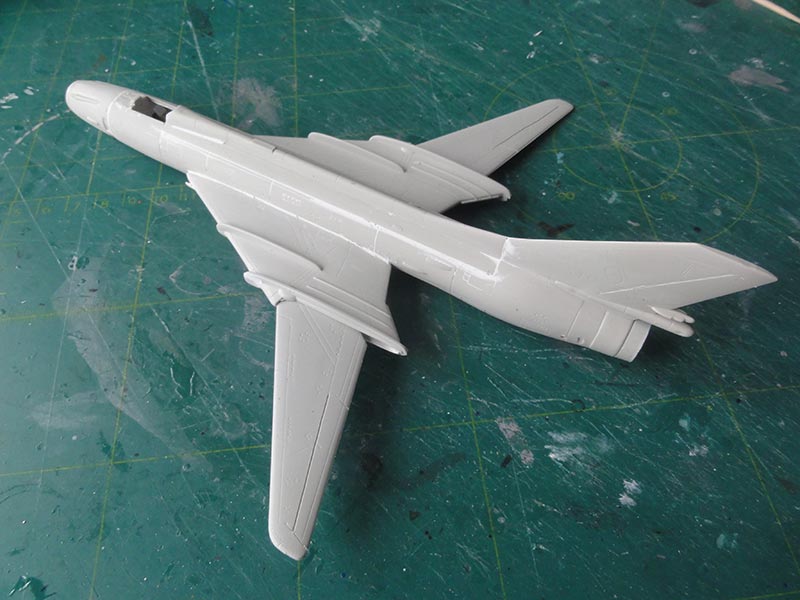
The stabilizers were set as well and some extra putty needed...

Official colours applied to the jet were unknown so had to interpreted from photos which is not easy.
After a base grey primer colour had been airbrushed, the following camouflage acrylic paints were airbushed:
- lower surfaces light blue with a mix of Revell Aqua 80% white + 20% blau 752;
- sand about FS30266 with Revell Aqua 16;
- grey about FS36118 with Gunze Sangyo Mr.Hobby H305;
- dark brown about FS30108 with Revell Aqua 381.
Some masking was needed and the rest was airbrushed "free hand" using the kit drawings for the scheme.
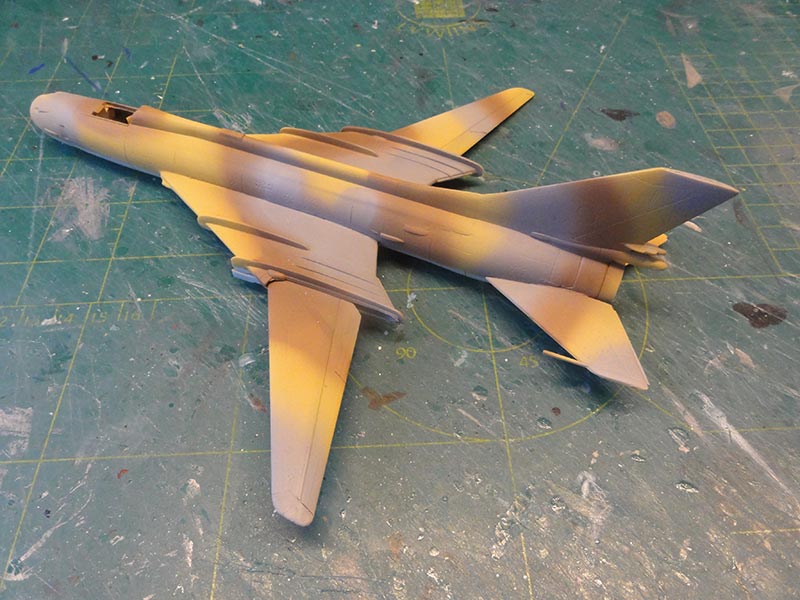
The tail end was brush painted metal and a lower rear fuselage panel. Before setting the decals, a really gloss surface is needed to avoid "silvering".
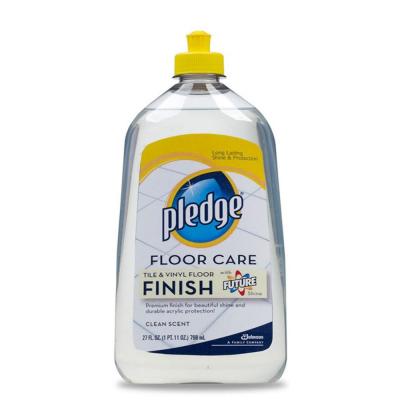
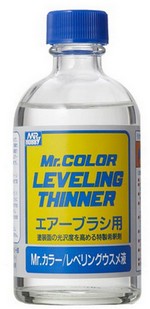
So an overall gloss varnish coat was airbrushed of acrylic/ water based Johnson Future/ Pledge thinned with 10% Gunze Sanyo Mr.Color Leveling Thinner for a better flow.
The Syria decals from the kit were set. The Syria roundels have 2 decals to combine, this ensures good alignment. Note that the decals are very thin. Just a few stencils were set found in the spare decal box.
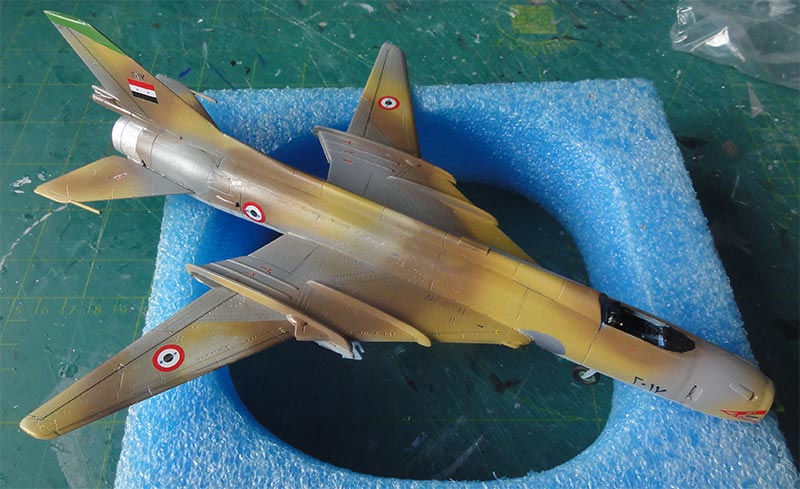
Landing gears / undercarriages were installed as per kit and a few hydraulics suggested with stretched sprue.
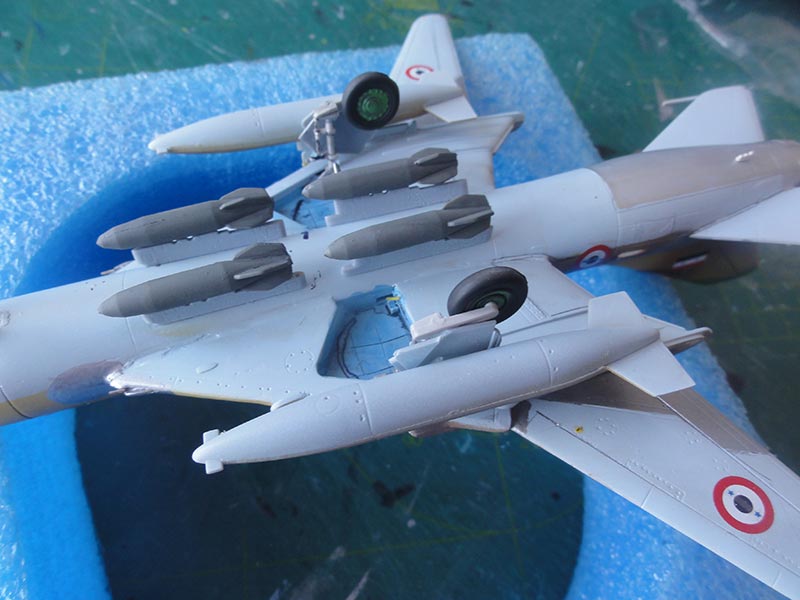
It was decided to set weaponry with dumb bombs on lower fuselage pylons/ stubs. The kit "stores" are a bit crude, so spare parts from the other made Fitter kits were used e.g. Italeri kit.
The 2 plastic gun barrels were replaced with 2 metal bits of a metal needle.
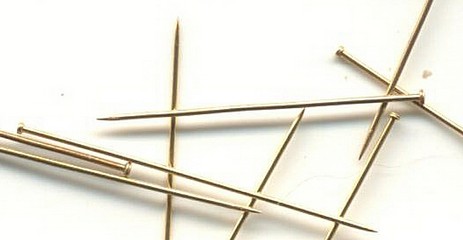
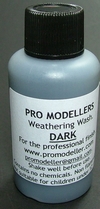
Before setting the final finish, some slight weathering with "wash" was applied at moving surface' recesses, gears and bays with Promodeller "dark" wash, but other techniques can also be used such as very tinned varnish (Future) with a drop of black paint.
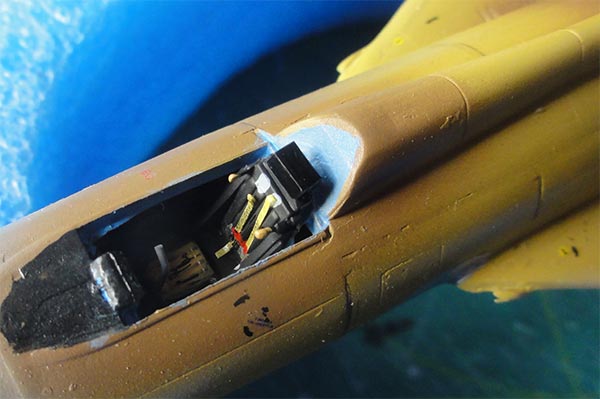
The cockpit interior was painted light blue.
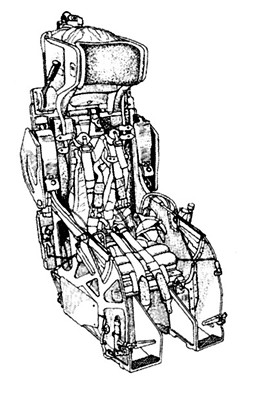 < KS-4
< KS-4 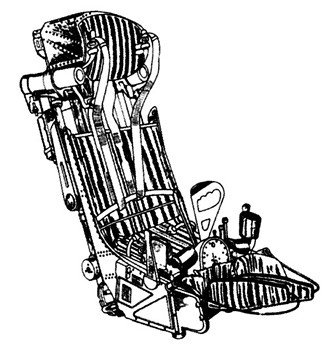 < K-36
< K-36 The type of ejection seat was a bit unclear. It seems that early SU-17 / SU-20 had a KS-4 seat; later types the K-36 seat. The kit part looked a bit like the KS-4. The kit part was installed after it got some added straps made from tape.
The windshield and canopy is one part and the frames were painted in the surrounding colours. Some white glue closed any gaps and also painted.
The nicely done blow-in doors also got a black line at their rear to suggest the air gaps to the intake duct. These doors are always seen open on the ground.
The crude kit pitots of the kits were refined. The fuselage pitot fairings were used from the kit and the front pitot parts replaced with 2 metal needles and the small vanes made from etched metal bits.

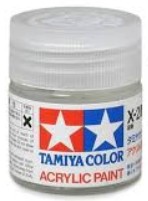

When dried an overall semi-matt varnish coat was airbrushed of again Johnson Future/ Pledge with 10% X-21 "flat base" with the usual technique. Add some 5% Gunze Sangyo levelling thinner acrylic as well. Shield of the windscreen when airbrushing this clear coat. That completed the model.


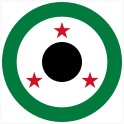

[ 185.680 sq.km | capital: Damascus | <17 million inhabitants with many refugees abroad | GDP USD 2,800 per capita nominal (2010)]
Syria as republic was established in 1930 and the air force established in 1948 in the period that France and Great Britain withdraw from the region (and the state of Israel established). Soviet aircraft were acquired from the 1960s. Several wars were fought with Israel. From 1973 about 40 SU-20 Fitter-C were acquired. Later followed by probably some 40 SU-22 Fitter-K strike aircraft with more than 150 aircraft in total.
Large political changes with removal of the Assad regime are now developing (2022).
For more information about this air force look at the page here...
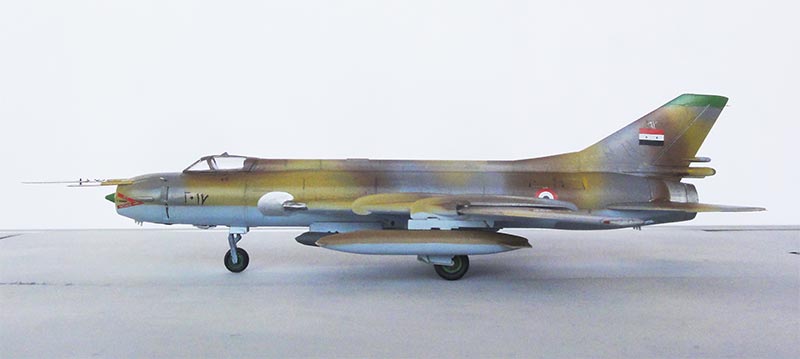
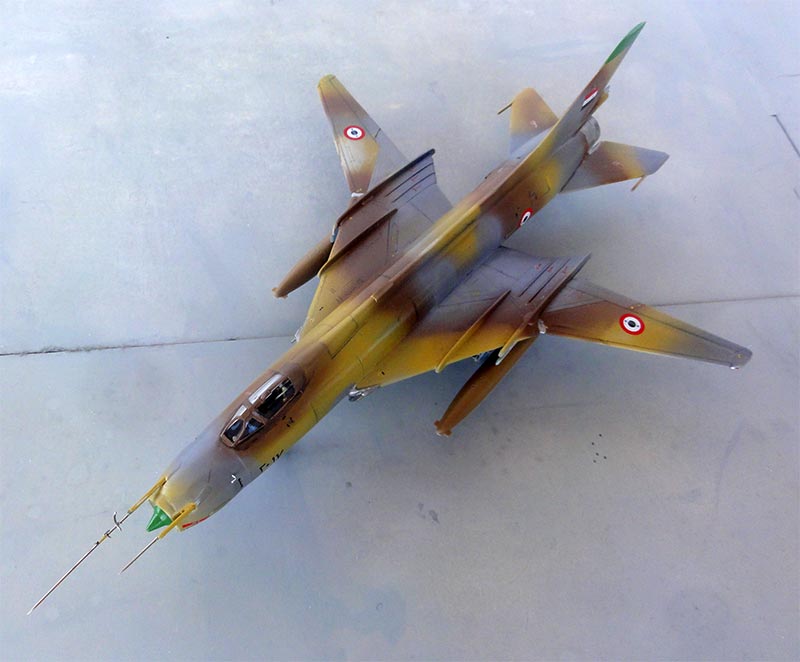
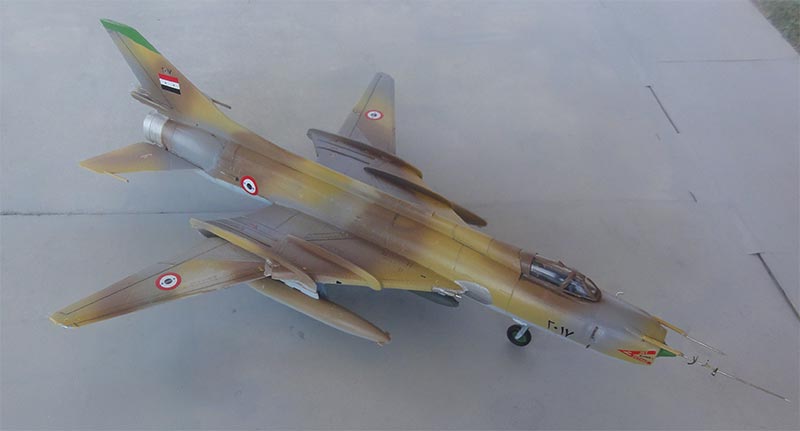
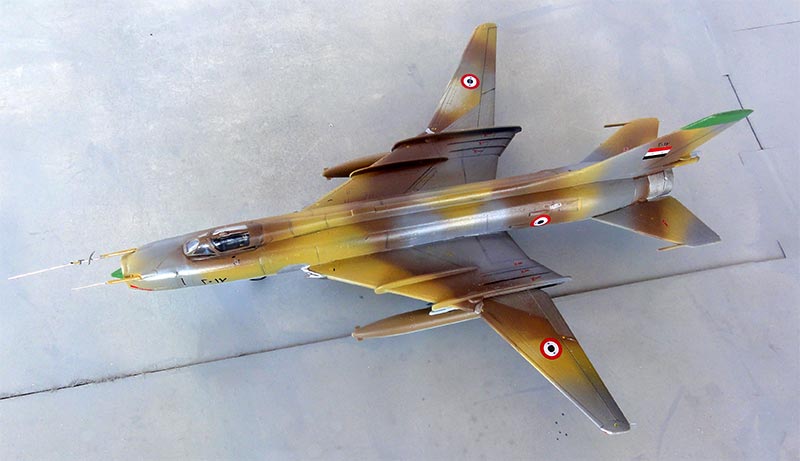
Another 1/72 Mistercraft SU-20 kit was made but now released kit #D-46 named "SU-20M2 25 anos". Mastercraft Poland is the same brand as seen on the website URL at the instructions.
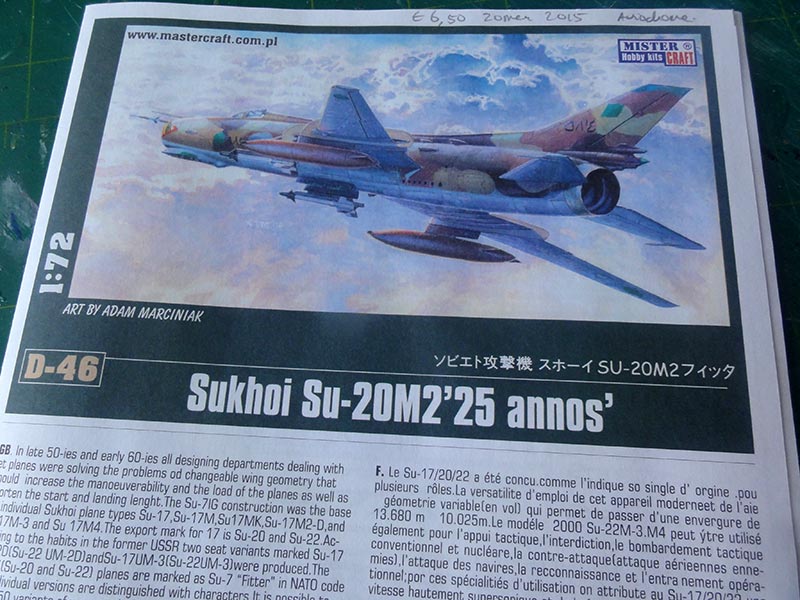
The parts are similar as seen earlier for kit #D-13.
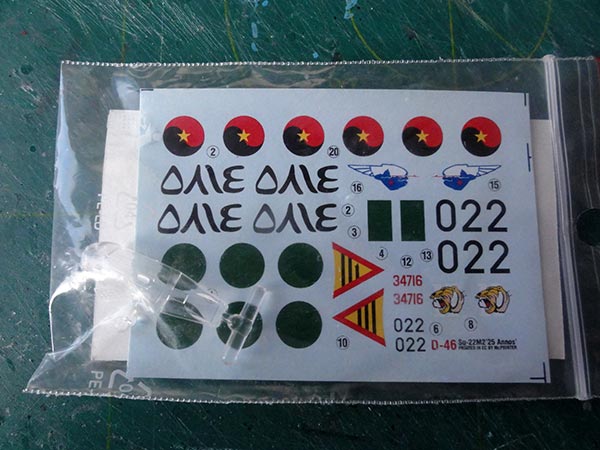
The simple decals are for:
(1) SU-17 M2 gruppo 4, Peru Air Force, camouflaged with special 25 anos tail markings in the year 1992;
(2) SU-20 M2 of 15 fighter squadron of the Angola Air Force based at Luanda, Angola 1997.
(3) SU-22 M2 of the Libya Air Force at Abdul Nasser air base;
(4) not seen in the instructions
(5) SU-17 M2 of a Russian Air Force regiment flying from Leningrad 1997 with natural metal scheme.
The detailed stencils are not provide. The model was made in the ANGOLA scheme and in a similar way as the Syria model but with slightly different configuration for a SU-20 M2 with a nose with fairing. The parts are in the kit.
Nose door part #D6 was reduced 1 millimeter in length.
Official colours applied to the jet were unknown so had to interpreted from photos which is not easy. The airbrushed colours were these acrylic paints:
- lower surfaces light blue with a mix of Revell Aqua 80% white + 20% blau 752;
- sand with Revell Aqua 16;
- mid green FS34092 with Gunze Sangyo Mr.Hobby H302.
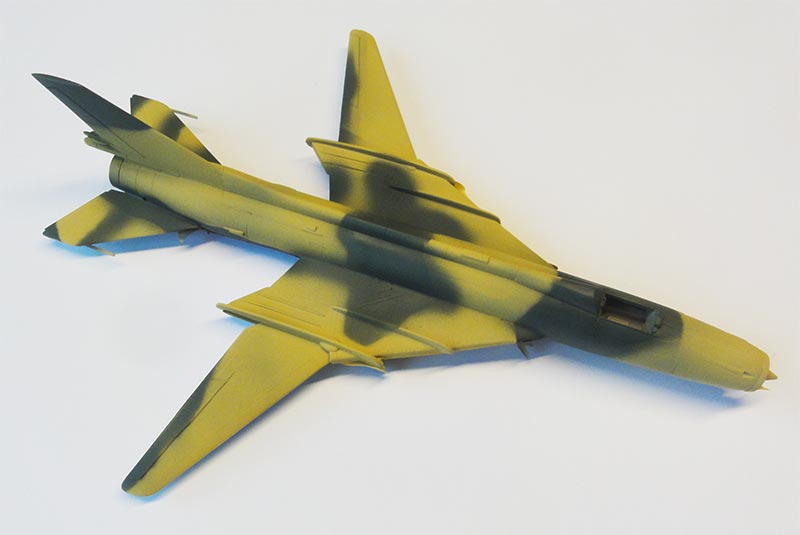
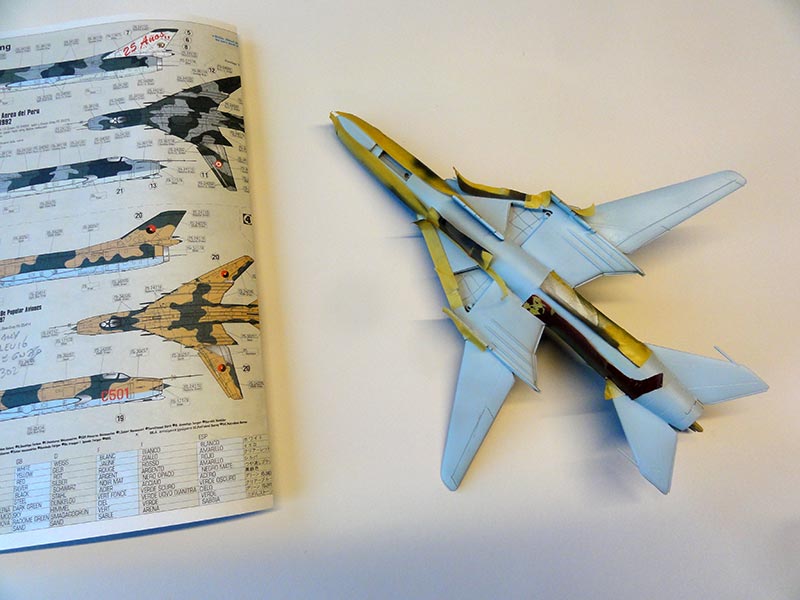
The tail end was painted metal.
An overall gloss coat was airbrushed before the kit decals were set.
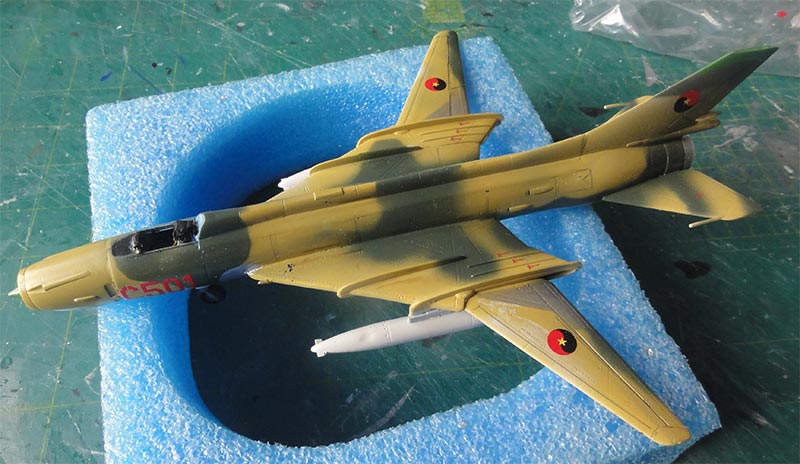
The gears were installed after being painted and a pair of wing fuel tanks. Two fuselage pylons were set but kept empty.
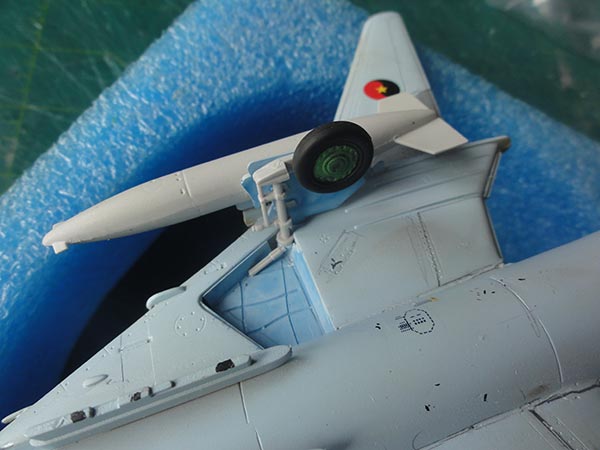
The remainder of the model like gear was finished as described earlier. The nicely done blow-in doors also got a black line at their rear to suggest the air gaps to the intake duct.
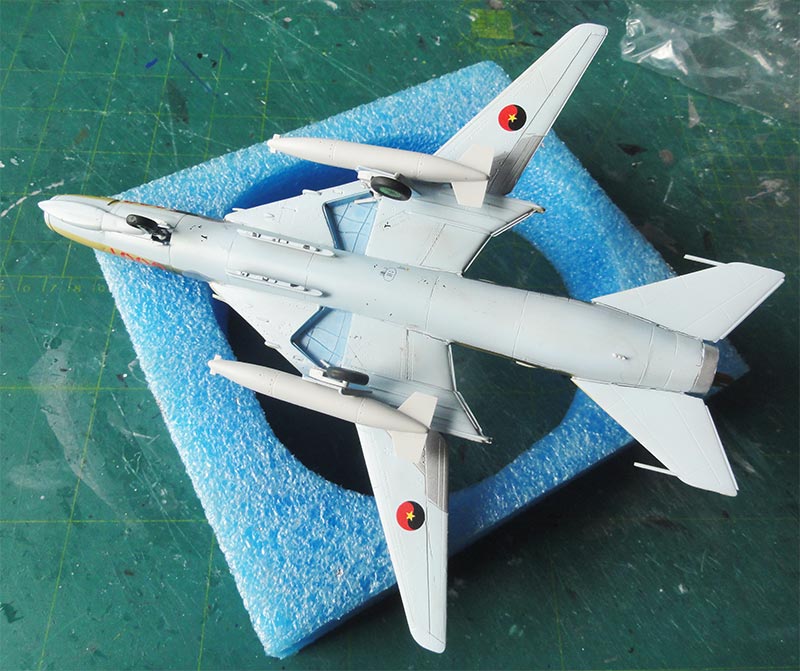
Just a few stencils were set found in the spare decal box.
The crude kit pitot parts were replaced with 2 metal needles and the small vanes made from etched metal bits.
A semi-mat varnish coat airbrushed resulted in an even sheen and the decals are now also protected.
ANGOLA
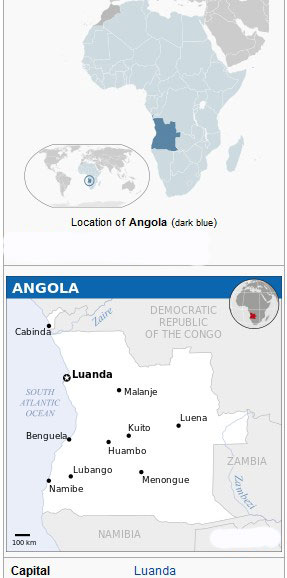 ..
.. ..
..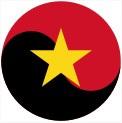 ..
..
[area: 1,246,700 sq.km | population: 33 million | capital: Luanda | GDP 3,700 USD per capita nominal ]
End 1975 the former Portuguese colony Angola claimed independence, the Portuguese left the country and a leftist government was installed. The Angolan Peoples Air Force "Forca Aerea Popular de Angola" (FAPA) was established and the Soviet Union supported it with many aircraft being supplied. That included some 12 Sukhoi SU-20 delivered around 1982 for the no.15 fighter squadron. Later from 1989 some 15 SU-22 followed as well.
For more information about the Angola Air Force, look at the page here....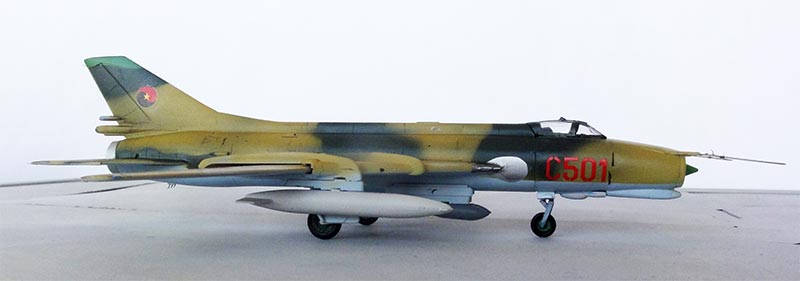
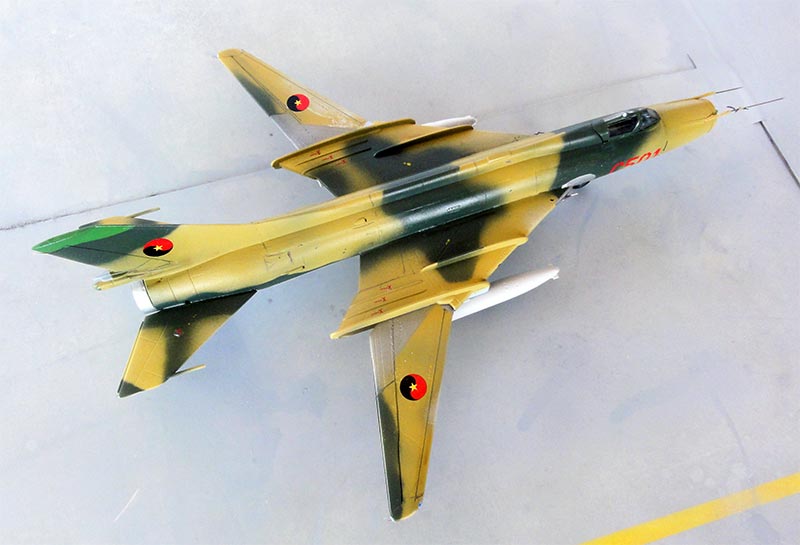

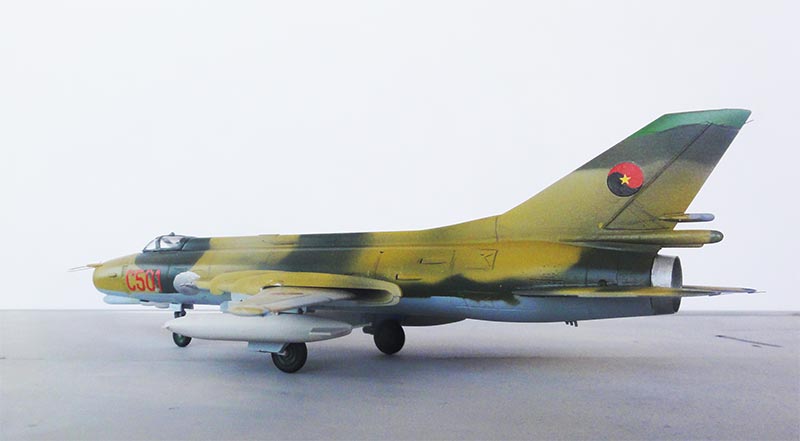
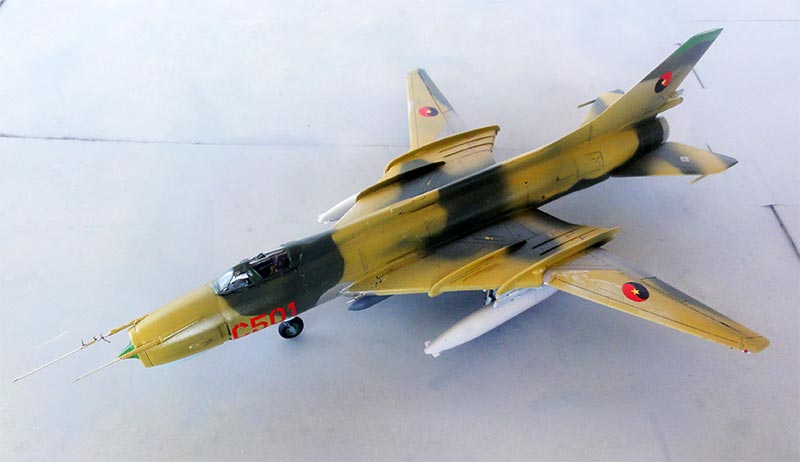
... at Luanda airfield...
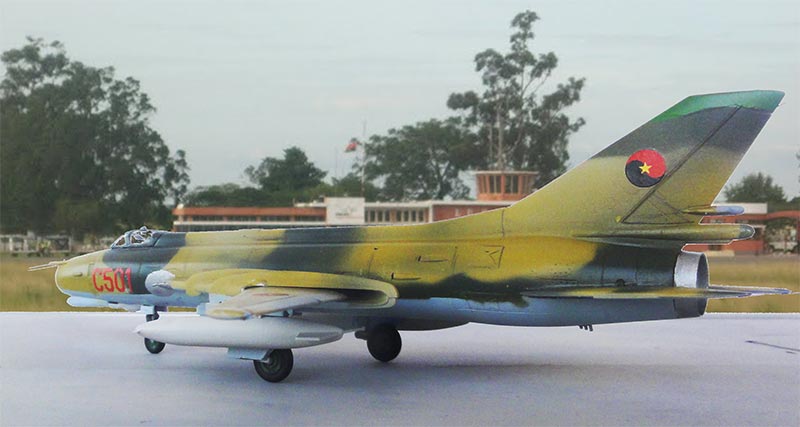
A whole bunch of "Fitter" models are now in the collection. Some more kits are still to be made.
(c) Copyright "designer"/ All rights reserved. Your comments are welcomed by webmaster
Created this page July 15, 2025